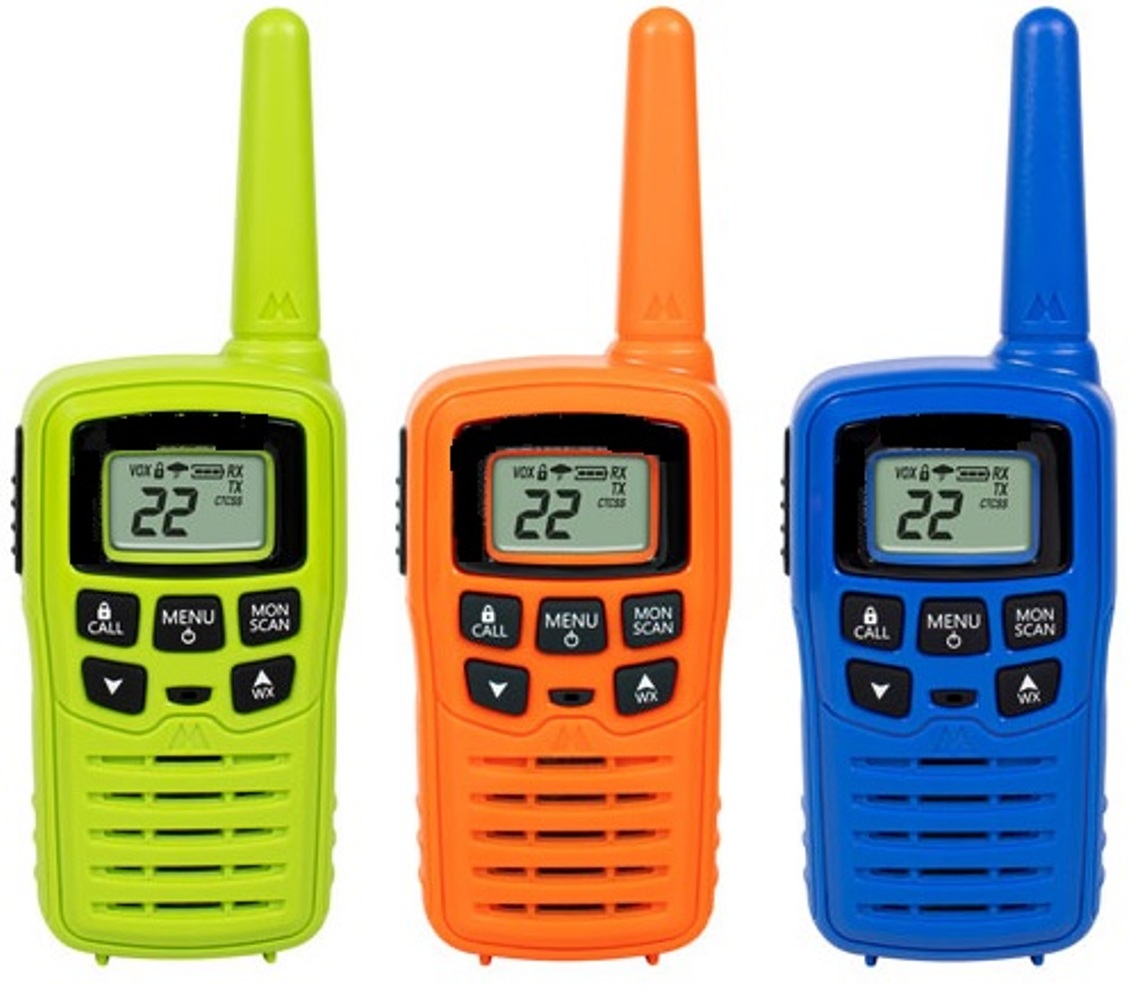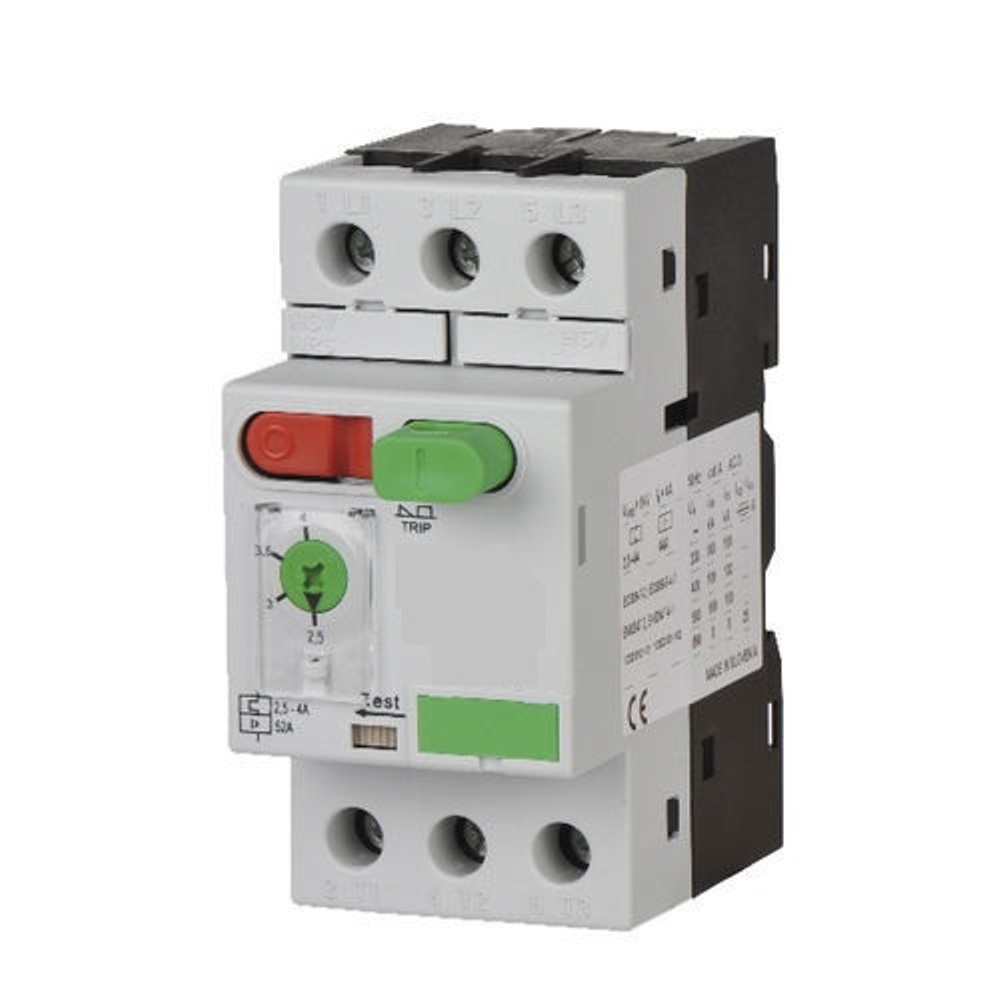
The global market for rheumatoid arthritis treatments is expected to grow at a CAGR of...
Learn More
Our consulting solutions address company specific challenges with respect to micro environment...
Learn More
Organizations frequently need day-today research guidancein order to gain strategic...
Learn More
Exploring different areas of market research and market analysis is a key factor...
Learn MoreAcute Market Reports presents the most extensive global business research services across industries. Our research studies focus on potential outcomes, benefits, and risks associated with each market segment across geographies. Having served our global clients for more than 10 years, our prime priority is to enable our clients in making well-informed business decisions through a data-driven, analytical, and uncomplicated research approach.
We provide access to the world's most comprehensive, analytical, and updated business intelligence services and solutions.




The walkie-talkie market is expected to grow at a CAGR of 9.3% during the forecast period of 2025 to 2033, driven by technological advancements, increasing demand for communication solutions, and expanding applications across various industries. Whil...
Read More
The digital video advertising market is expected to experience a CAGR of 40% during the forecast period of 2025 to 2033, driven by the increasing adoption of digital platforms and the shift in consumer behavior towards online video consumption. Digit...
Read More
The low voltage residential switchgears market is expected to grow at a CAGR of 10% during the forecast period of 2025 to 2033. Low voltage residential switchgears are critical components in electrical distribution systems, used to protect, control, ...
Read More




